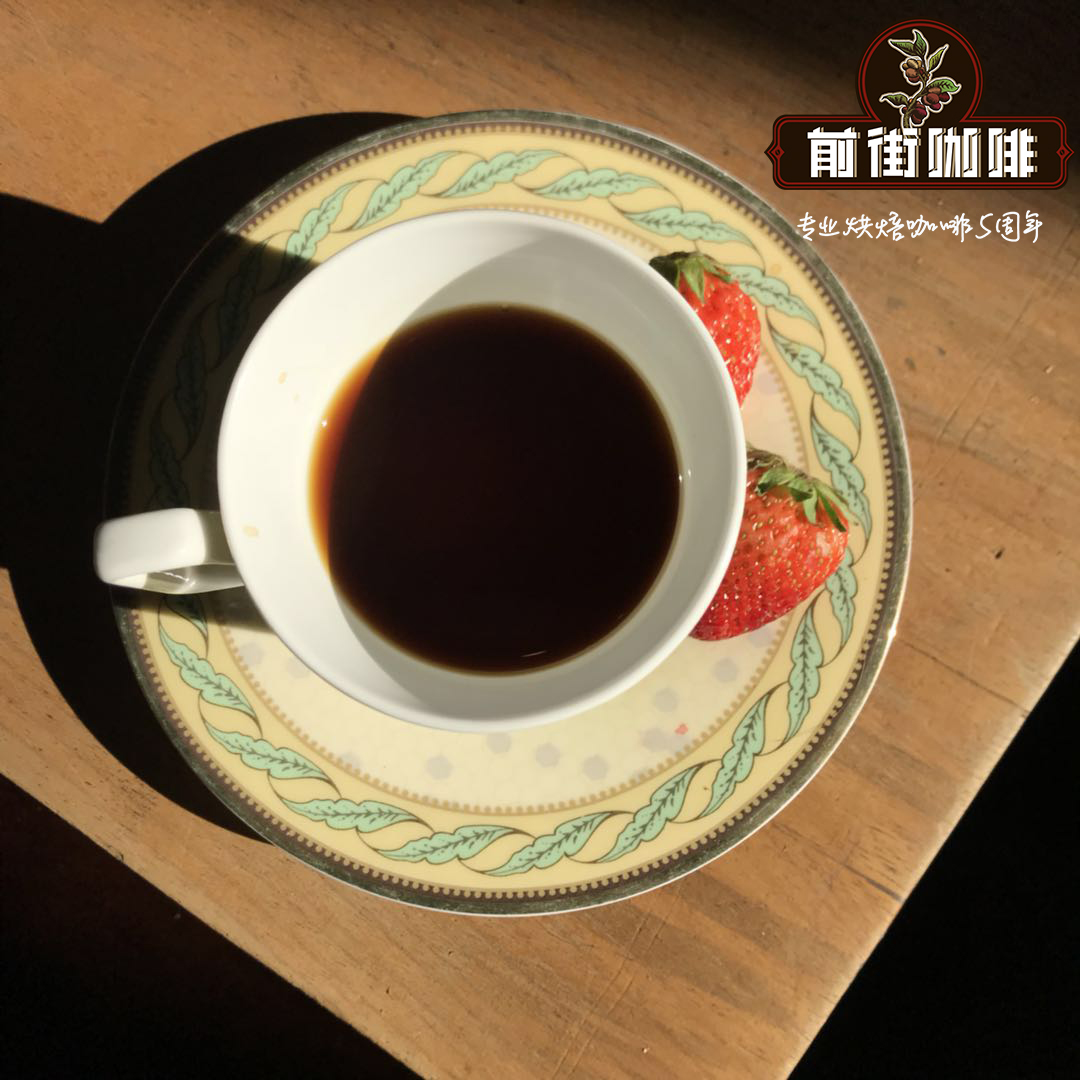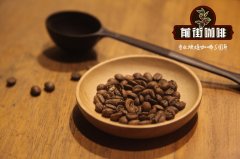Nicaragua Ojo de Agua Organic Coffee Farm Kadura Variety Flavor Characteristics? Ojo de

Professional coffee knowledge exchange More coffee bean information Please pay attention to coffee workshop (Weixin Official Accounts cafe_style)
Nicaragua Ojo de Agua Organic Coffee Farm Kadura Variety Flavor Characteristics? Ojo de Agua Farm Coffee Growing Story?
Nicaragua Ojo de Agua Farm is located in La Laguna, Mozonte City, about 26 km from the head of Nueva Segovia (Ocotal) Department, the farm site has fascinating views from other farms in the community and El Volcano Mountain. The farm is surrounded by vast jungle virgins and animal species, rare in the area, which is characteristic of Cordillera Dipilto-Jalapa. It was purchased in the 1980s by my father, Francisco Gonzalez Herrera, when he was the first person to start producing coffee in Mozonte, which was then a rural road and inaccessible. The farm has about 30 apple plots in total, which my father inherited when he died in 2012.
In the best years, the farm produced as much as 650 quintals of green coffee, and currently it is producing about 120 quintals of Quintals, which are undergoing renovation.
Main coffee varieties produced: Caturra, Yellow and Maracaturra Catuaí, height from 1350-1700 m
Ocotal Daniel Canales Ojo de Agua has always been one of the most productive farms in Pueblo Nuevo. In 2004, it won first place in the Cup of Excellence. Since then, Don Denis Canales has negotiated and reinvested better prices for his coffee, the highest price Nicaragua has ever achieved in its entire history of excellence. He was referring to his family and said,"I owe God and everything I've always supported my wife and my son Norman y Milton, who helped run the farm?" Denis Canales also owned vast tracts of land to grow other types of crops and cattle, where he obtained manure from coffee plantations. The challenge and commitment are now greater in terms of reforestation. The Canales family has taken a step forward and is ready to produce more in the next coffee cycle.
The entire farm is managed sustainably and with great respect for the environment. They use water responsibly and treat and filter all "honey water"(water after wet treatment) thoroughly.
Coffee pulp is composted and used as a natural fertilizer…even prunes from years ago are used as fuel for farms-no waste.
Santa Maria is mainly planted with Caturra, although there are Pacas plots. The coffee trees are lush, growing in the shade of Inga and Banana, and Victor consistently produces some of Nicaragua's best coffee thanks to excellent farm management plans, sustainable control of pests and diseases, and attention to detail in harvesting procedures.
Coffee is dried on the drying mill of Beneficio Las Nubes, Victor, coffee is terrace, and beds are dried.
Victor apparently inherited the family's passion and commitment to coffee growing, making every effort to continuously improve the quality of the cups, investing heavily in the farm's infrastructure and investing in new wet and dry mills.
Victor is also committed to managing the land and taking the best care to ensure the viability and health of their coffee plantations. Every year, the family grows at least 15,000 new plants and cares for them using environmentally friendly and sustainable farming methods.
Area: Madriz
City of San Juan Del Rio
Farm: Ojo De Agua
Owner: Danilo Gonzalez
Ojo De Agua is the only organically grown farm out of five. This is what roya does to farms and their annual crops. The "Ojo de Agua" from the Dipilito department of Nuevo Segovia is a 23-hectare (about 56 acres) site and produces award-winning coffee. It was produced by Juan Ramon Diaz.
Flavor: Creamy texture, with wine-like acidity and wonderful milk chocolate flavors, intense fruit flavors, baker milk chocolate, creamy taste and orange acidity.
Important Notice :
前街咖啡 FrontStreet Coffee has moved to new addredd:
FrontStreet Coffee Address: 315,Donghua East Road,GuangZhou
Tel:020 38364473
- Prev

What is the difference in flavor characteristics between Arabica coffee beans and robusta coffee?
More information about coffee beans Please follow the Coffee Workshop (official Wechat account cafe_style) there are more than 100 kinds of coffee in the world, two of which are Arabica and Robusta/Canephora. These two kinds of coffee are quite different in taste, composition and planting conditions. We will compare the difference between them below.
- Next

What is the flavor of Arabica coffee? How many categories can it be divided into?
Professional coffee knowledge exchange more coffee bean information Please follow the coffee workshop (Wechat official account cafe_style) the flavor of Arabica coffee beans before getting to the point, let's get to know a few proper terms to describe the flavor of coffee: acidity: the irritation you feel at the edge of your tongue when drinking coffee. Unlike the acid of lemon, coffee is a refreshing way to boost taste.
Related
- Detailed explanation of Jadeite planting Land in Panamanian Jadeite Manor introduction to the grading system of Jadeite competitive bidding, Red bid, Green bid and Rose Summer
- Story of Coffee planting in Brenka region of Costa Rica Stonehenge Manor anaerobic heavy honey treatment of flavor mouth
- What's on the barrel of Blue Mountain Coffee beans?
- Can American coffee also pull flowers? How to use hot American style to pull out a good-looking pattern?
- Can you make a cold extract with coffee beans? What is the right proportion for cold-extracted coffee formula?
- Indonesian PWN Gold Mandrine Coffee Origin Features Flavor How to Chong? Mandolin coffee is American.
- A brief introduction to the flavor characteristics of Brazilian yellow bourbon coffee beans
- What is the effect of different water quality on the flavor of cold-extracted coffee? What kind of water is best for brewing coffee?
- Why do you think of Rose Summer whenever you mention Panamanian coffee?
- Introduction to the characteristics of authentic blue mountain coffee bean producing areas? What is the CIB Coffee Authority in Jamaica?

